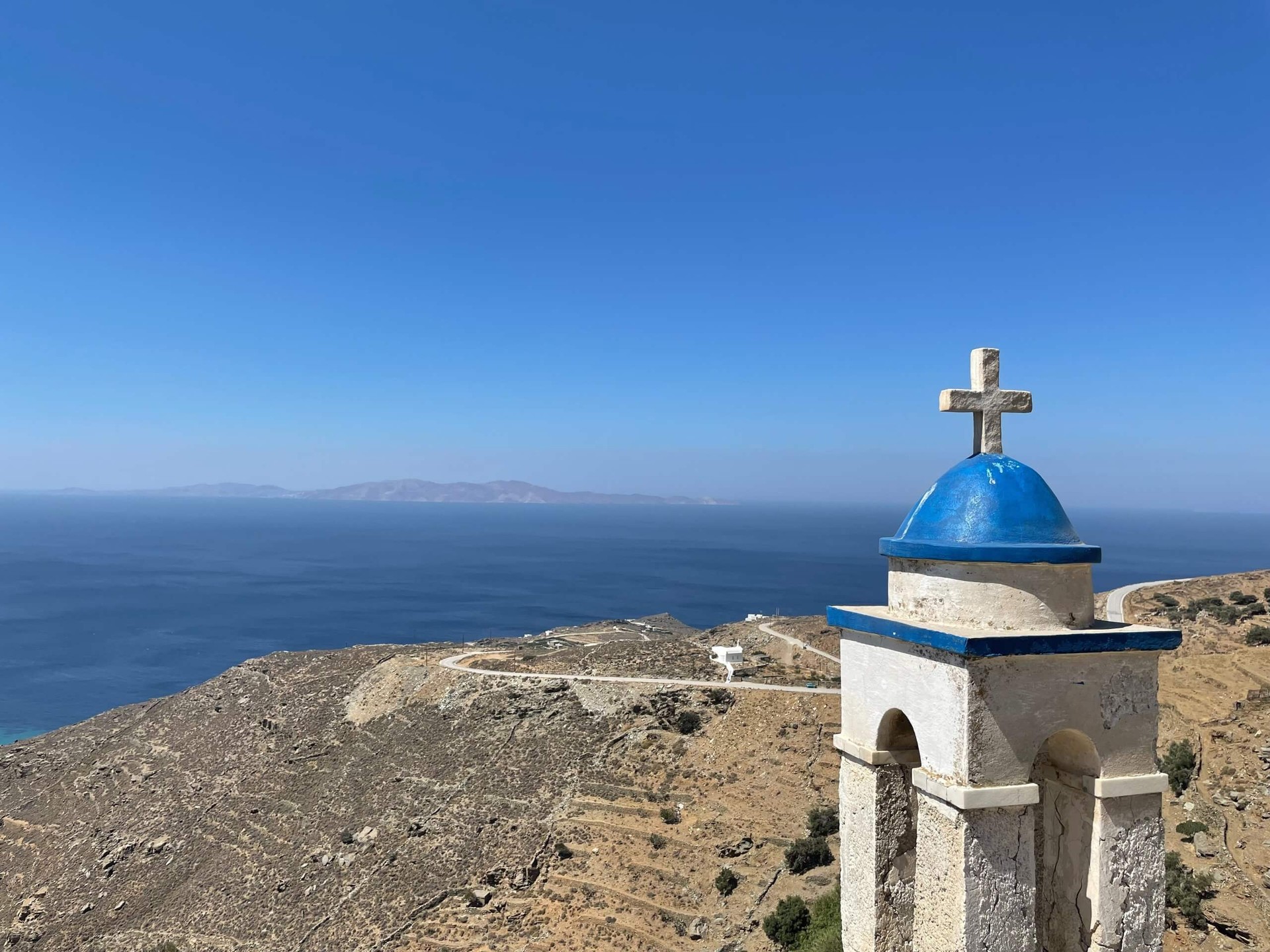Tinos Island, located in the northern Cyclades, has a rich history that spans over 3,000 years. From the ancient times to the present day, the island has been a hub of culture, art, and spirituality. Whether you’re interested in exploring ancient ruins, admiring Byzantine architecture, or learning about the island’s religious significance, Tinos has something for everyone.
The earliest known inhabitants of Tinos were the Ionians, who arrived on the island in the 11th century BC. The Ionians established a flourishing civilization on the island, with impressive architecture, pottery, and trade. Tinos played a significant role in the development of the Cycladic civilization, and its influence can still be seen today in the island’s culture and traditions. Throughout the centuries, Tinos was occupied by various conquerors, including the Persians, the Romans, and the Venetians. Each occupier left its mark on the island, contributing to its unique blend of architectural styles and cultural heritage.
In the Middle Ages, Tinos became a center of the Byzantine Empire, and the island’s rich cultural heritage flourished. Byzantine architecture can be seen throughout the island, from the impressive monastery of Kechrovouni to the Church of the Virgin Mary in Tinos Town. The island’s impressive collection of Byzantine icons is a testament to its cultural and religious significance. In the 18th century, Tinos played a crucial role in the Greek War of Independence. The island’s strategic location made it a key base for the Greek rebels, who used it as a launching pad for their campaign against the Ottoman Empire.
In modern times, Tinos has become known as a center of spiritual tourism. The island’s most famous attraction is the Church of Panagia Evangelistria, which attracts millions of visitors each year. The church is believed to house a miraculous icon of the Virgin Mary, which is said to have healing powers. The annual pilgrimage to the church, which takes place on August 15th, is one of the most important religious events in Greece. Aside from its religious significance, Tinos is also known for its rich artistic heritage. The island is home to several renowned sculptors, including Yannoulis Chalepas, who is considered one of Greece’s greatest artists. The Chalepas Museum in Pyrgos is dedicated to the artist’s work and provides a glimpse into the island’s artistic traditions.
In recent years, Tinos has also become a hub of culinary tourism, with a thriving food scene that showcases the island’s local ingredients and traditional recipes. From fresh seafood to locally produced cheese and wine, Tinos has something to offer every palate. Whether you’re interested in exploring ancient ruins, admiring Byzantine architecture, or experiencing the island’s religious traditions, Tinos has something for everyone. With its rich history and cultural heritage, Tinos is a journey through time that is not to be missed.

